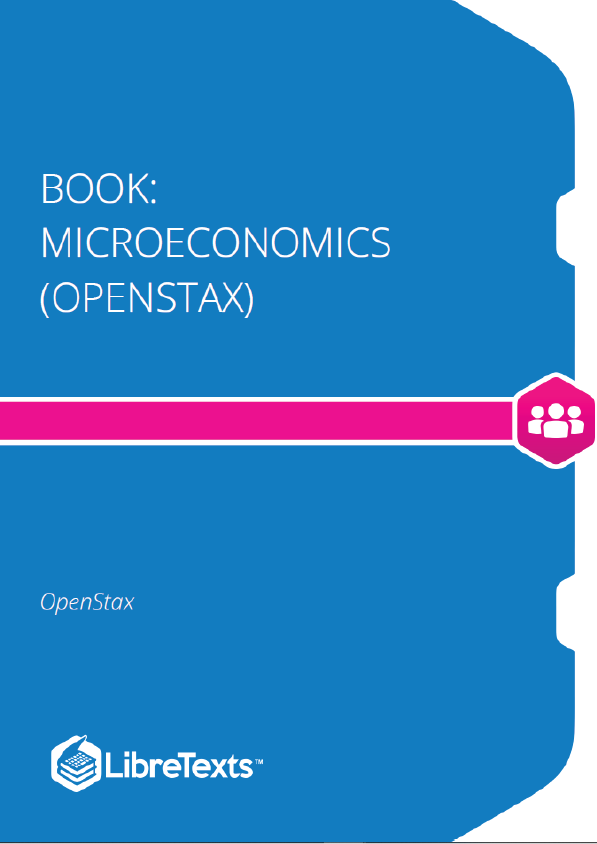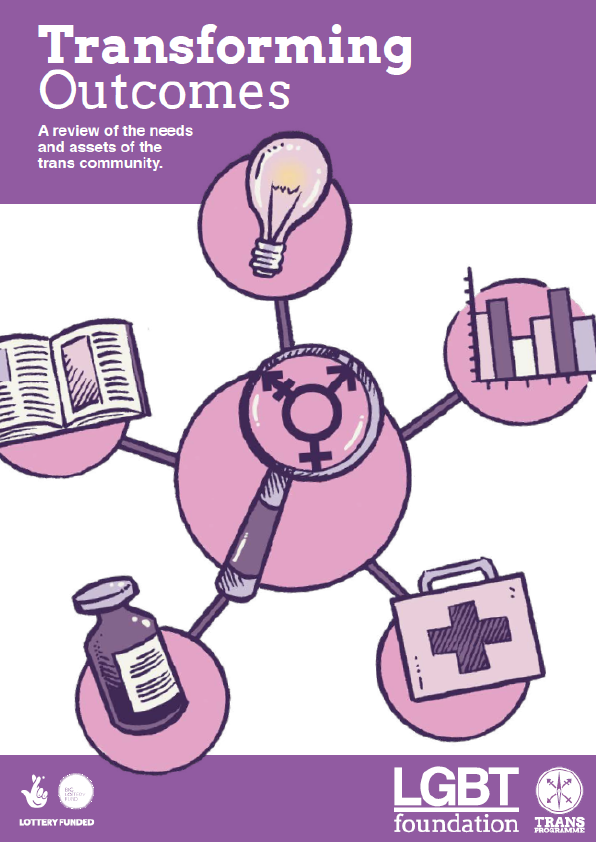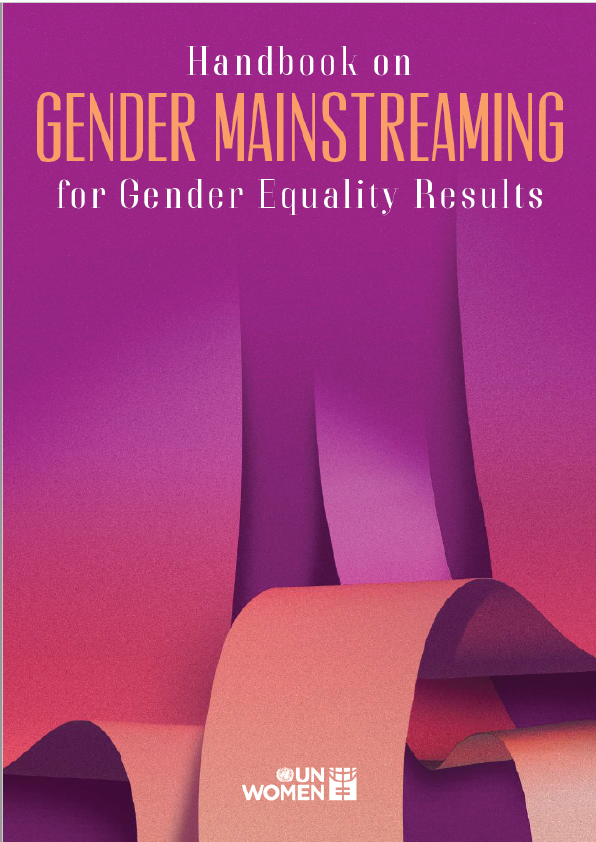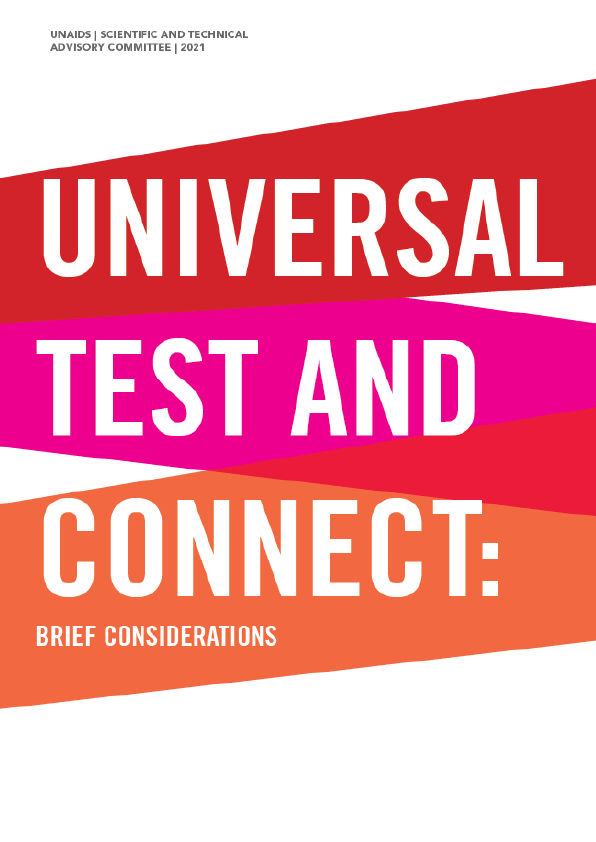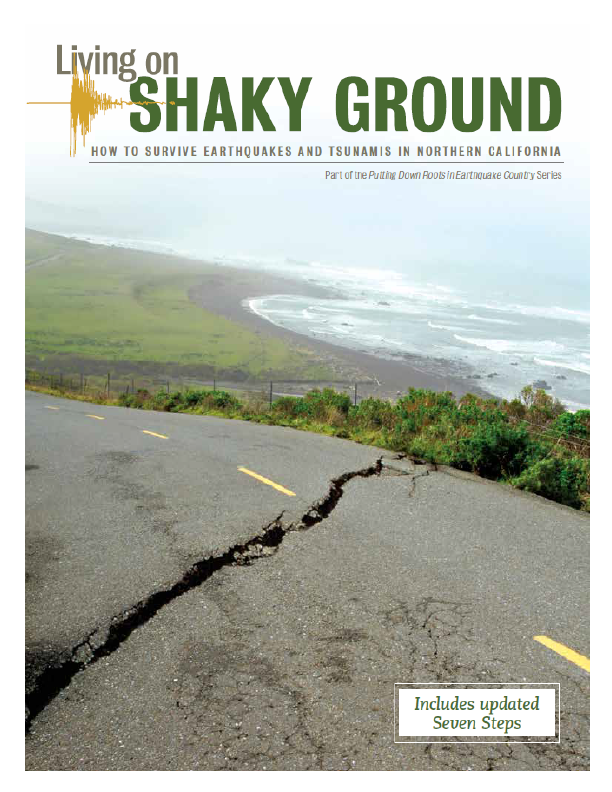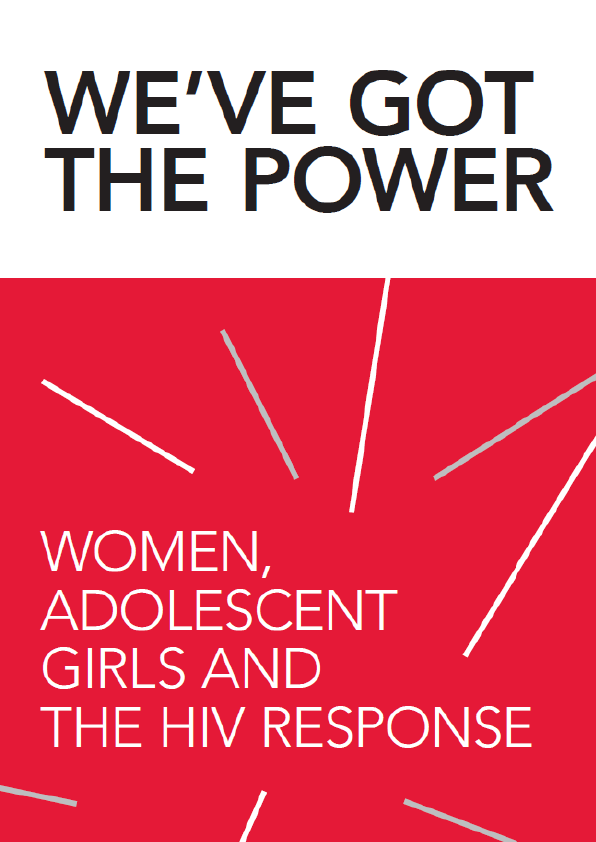This leads us to the topic of this chapter, an introduction to the world of making decisions, processing information, and understanding behavior in markets —the world of economics. Each chapter in this book will start with a discussion about current (or sometimes past) events and revisit it at chapter’s end—to “bring home” the concepts in play.
Decisions … Decisions in the Social Media Age
To post or not to post? Every day we are faced with a myriad of decisions, from what to have for breakfast, to which route to take to class, to the more complex—“Should I double major and add possibly another semester of study to my education?” Our response to these choices depends on the information we have available at any given moment; information economists call “imperfect” because we rarely have all the data we need to make perfect decisions. Despite the lack of perfect information, we still make hundreds of decisions a day.
And now, we have another avenue in which to gather information—social media. Outlets like Facebook and Twitter are altering the process by which we make choices, how we spend our time, which movies we see, which products we buy, and more. How many of you chose a university without checking out its Facebook page or Twitter stream first for information and feedback?
As you will see in this course, what happens in economics is affected by how well and how fast information is disseminated through a society, such as how quickly information travels through Facebook. “Economists love nothing better than when deep and liquid markets operate under conditions of perfect information,” says Jessica Irvine, National Economics Editor for News Corp Australia.
This leads us to the topic of this chapter, an introduction to the world of making decisions, processing information, and understanding behavior in markets —the world of economics. Each chapter in this book will start with a discussion about current (or sometimes past) events and revisit it at chapter’s end—to “bring home” the concepts in play.
Economics is the study of how humans make decisions in the face of scarcity. These can be individual decisions, family decisions, business decisions or societal decisions. If you look around carefully, you will see that scarcity is a fact of life. Scarcity means that human wants for goods, services and resources exceed what is available. Resources, such as labor, tools, land, and raw materials are necessary to produce the goods and services we want but they exist in limited supply. Of course, the ultimate scarce resource is time- everyone, rich or poor, has just hours in the day to try to acquire the goods they want. At any point in time, there is only a finite amount of resources available.
Think about it this way: In 2015 the labor force in the United States contained over million workers, according to the U.S. Bureau of Labor Statistics. Similarly, the total area of the United States is square miles. These are large numbers for such crucial resources, however, they are limited. Because these resources are limited, so are the numbers of goods and services we produce with them. Combine this with the fact that human wants seem to be virtually infinite, and you can see why scarcity is a problem.
